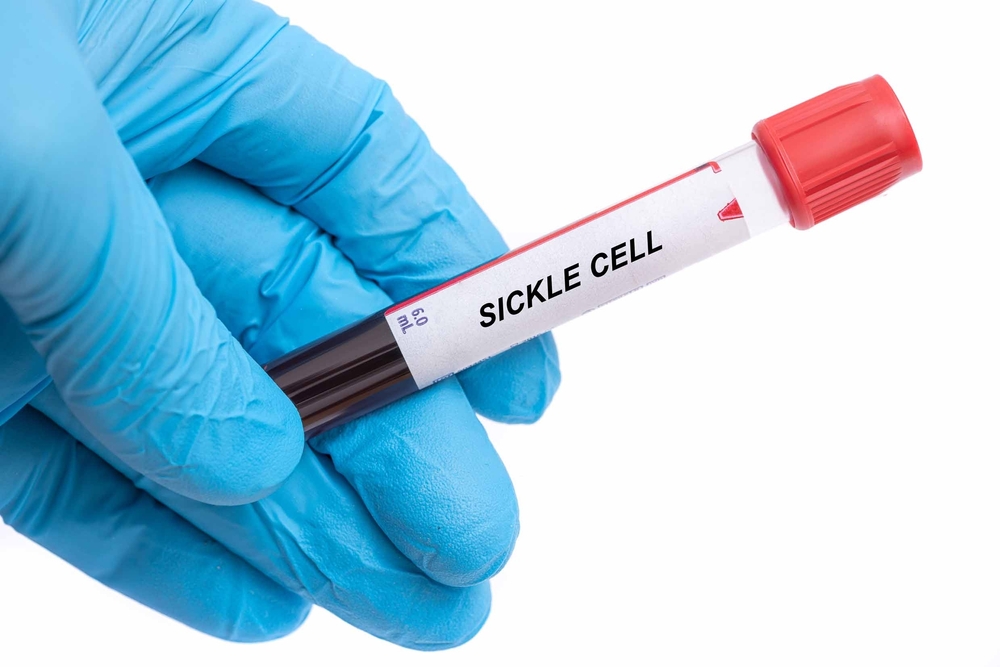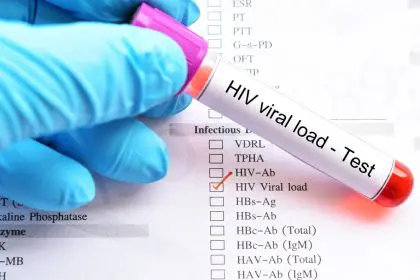The resilience of the human spirit often reveals itself in the most challenging battles. For those living with sickle cell disease, daily life is a series of obstacles that demand unwavering strength. The condition is relentless, marked by excruciating pain crises, organ damage, and constant medical uncertainty. But advancements in treatment are rewriting what it means to live with sickle cell.
For decades, management focused on symptom relief rather than addressing the root cause. But now, breakthroughs in medical science are shifting the landscape. Once a lifelong struggle, sickle cell is entering a new era—one where effective, long-term solutions may finally be within reach.
Understanding the science behind sickle cell
Sickle cell disease is more than a genetic disorder, it is a daily fight for survival. The condition arises from a mutation in the hemoglobin gene, causing red blood cells to become rigid and crescent-shaped. Unlike normal blood cells that flow smoothly, these sickled cells get trapped in blood vessels, leading to severe pain, oxygen deprivation, and potential organ failure.
The disease disproportionately affects people of African, Mediterranean, Middle Eastern, and Indian descent, impacting approximately 100,000 individuals in the United States alone. Historically, treatment options were limited, with hydroxyurea and pain management serving as the primary interventions. But today, cutting-edge research is shifting the narrative.
The invisible struggles of sickle cell patients
Living with sickle cell extends far beyond the medical diagnosis. The unpredictable nature of the disease dictates daily life, forcing individuals to navigate extreme fatigue, sudden pain crises, and long-term complications. Many live in constant fear of the next crisis, unsure when their body will betray them again.
The psychological burden can be as significant as the physical symptoms. Many patients face limitations on career choices, social interactions, and physical activities. The need for frequent hospitalizations, ongoing treatments, and pain management often leads to emotional exhaustion. Despite this, the invisible nature of the disease can make it difficult for others to fully grasp the toll it takes.
A revolutionary shift in treatment
The future of sickle cell treatment is no longer just about managing symptoms—it’s about finding a cure. For decades, the only potential cure was a bone marrow transplant, an option out of reach for most due to donor limitations. That changed in late 2023, when the FDA approved two groundbreaking gene therapies designed to alter the disease at a genetic level.
One therapy, based on gene addition, introduces functional copies of a crucial gene to correct the blood disorder. The other uses gene-editing technology to modify existing DNA, promoting the production of fetal hemoglobin, which prevents red blood cells from sickling. These therapies offer a long-awaited promise: the possibility of a normal life, free from pain crises and hospitalizations.
For many, these medical advancements represent more than scientific progress—they symbolize hope. After years of limitations, the idea that sickle cell could become a manageable condition, or even be cured, is a reality that once seemed impossible.
From patient to healer
Many individuals living with sickle cell have transformed their personal battles into advocacy and healthcare careers. The firsthand experience of managing the disease fosters a unique level of understanding that cannot be taught in medical school. Those who have spent years in and out of hospitals often become the strongest advocates for improved care, pushing for better treatment options and greater awareness.
Some choose to enter the healthcare field, using their experience to provide more compassionate, patient-centered care. Their understanding of the frustration, exhaustion, and uncertainty that come with chronic illness allows them to connect with others in a way that traditional medical professionals often cannot. This shift in perspective is reshaping how sickle cell patients are treated, moving beyond clinical data to focus on the full patient experience.
The power of support and awareness
Medical advancements alone are not enough—patients need strong support systems to thrive. The journey with sickle cell is isolating, but support networks play a crucial role in improving quality of life. From family members and friends to healthcare providers and advocacy organizations, collective efforts make a difference.
Regular medical monitoring, access to emerging treatments, and lifestyle modifications all contribute to better outcomes. Patient advocacy groups continue to push for increased funding, awareness, and access to these life-changing therapies.
Sickle cell treatment is undergoing a transformation that once seemed like a distant dream. With scientific innovation, compassionate care, and stronger support systems, the future for those living with sickle cell has never looked more promising.










